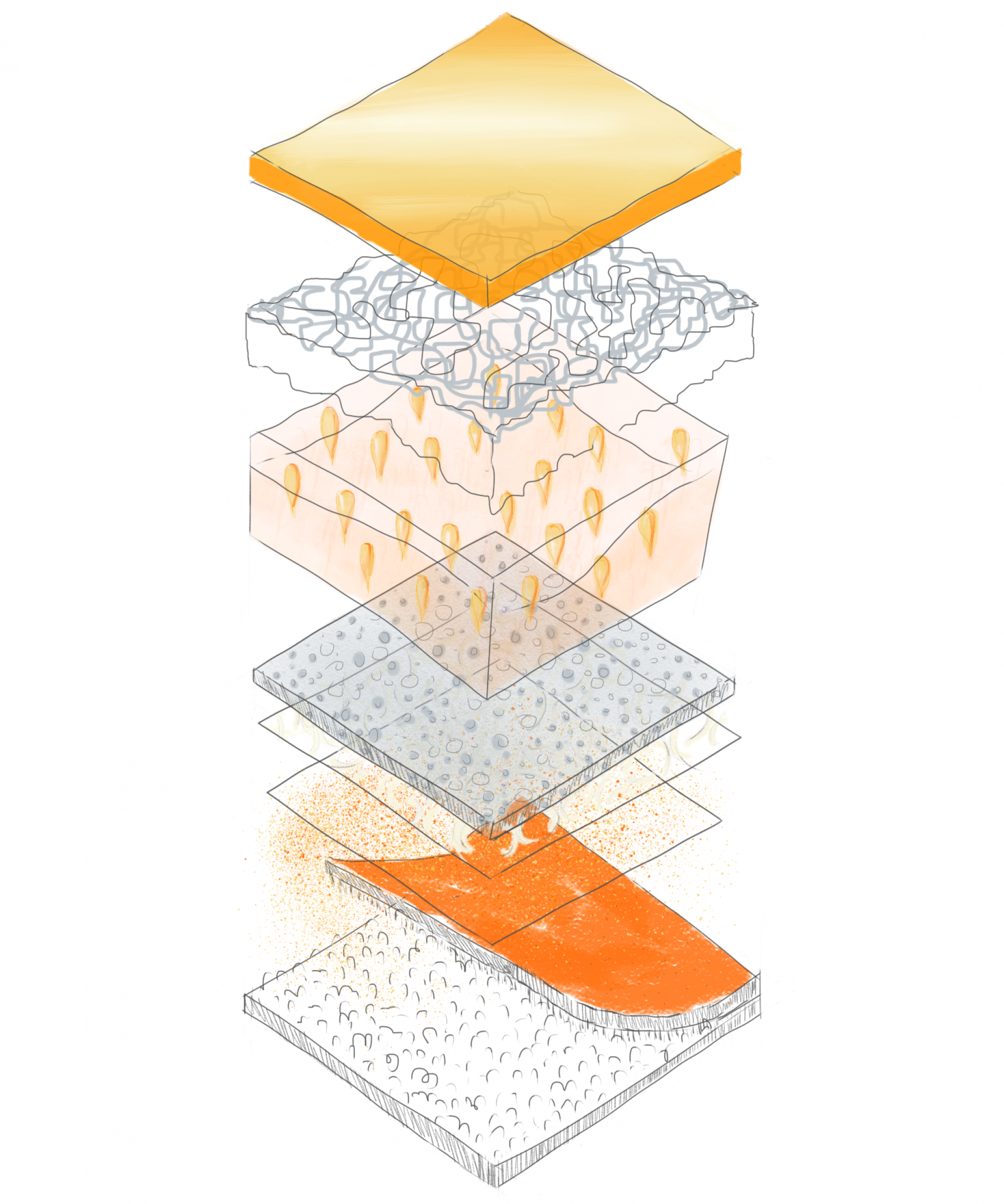Cubes

Pyramids +










The University of British Columbia, School of Architecture and Landscape Architecture
Cubes

Pyramids +

















Berend Kessler





The Fraserview Park

Numbers indicate the order of people entering the site and their starting point. The central gravel path was frequently used. People were walking or running in loops. One exception was the dog and the owner cut straight into the lawn. The play area was very popular as well. Parents and children were playing and walking around a lot in that area. The park is situated between the street (with the bus stop) and residential area. Few pedestrians walking from the street would take the alleyways instead of walking into the park.

When the kid jumped off the swing and ran away, the swing was still moving. This map shows the movements of both the kid and the swing. Woodchips are under the swing set.

This map shows the distribution of gravels in a more conceptual way. It could be the map of how gravels travel throughout the site and reach the points at park: benches and fitness equipment. The gravels mainly stay at the pathway but they are also found scattered at the lawn and other areas. It is assumed that as the park is commonly used over the years, the gravels are moved by every step of people or animals.

The sky was separated by several colours at 19:23 when the sun was just set. The front ground was completely dark which I could only see the shapes of trees and houses.
In class exercise































